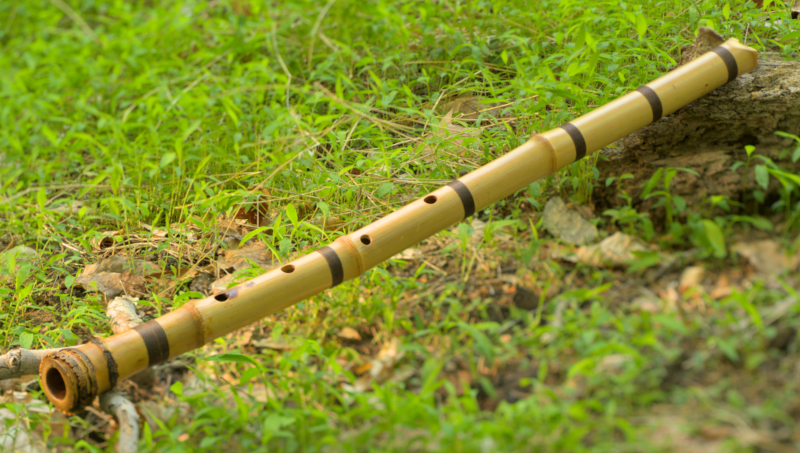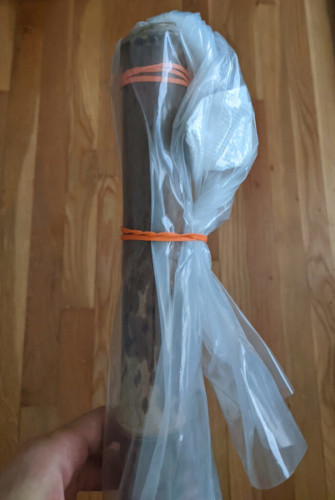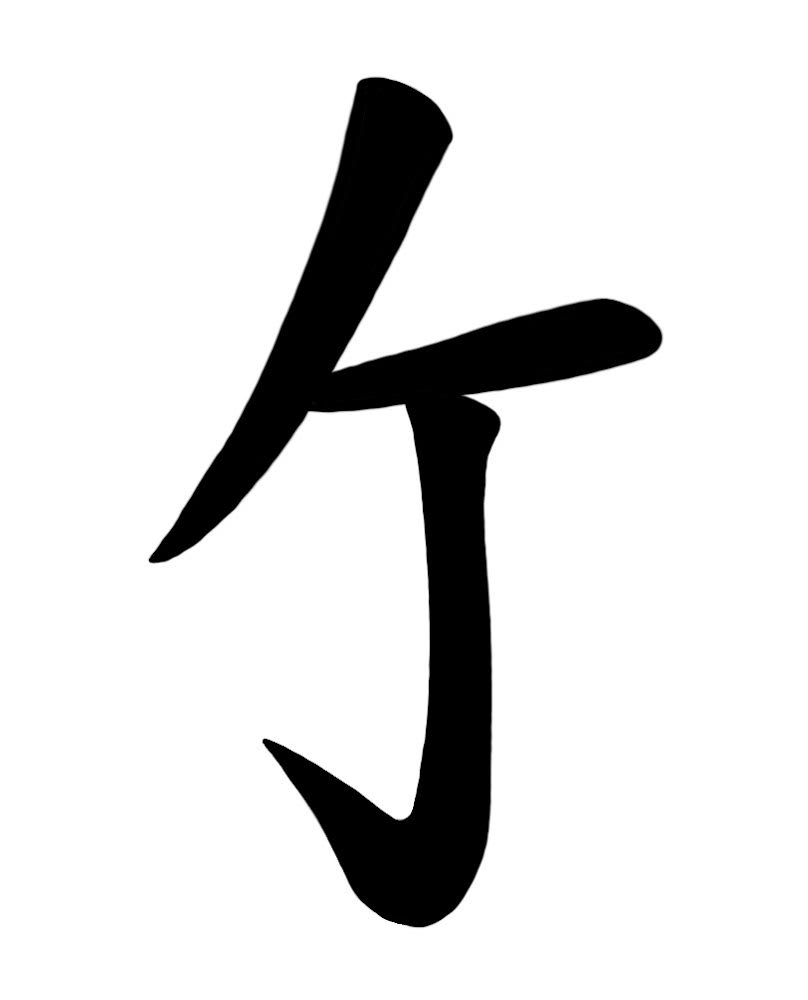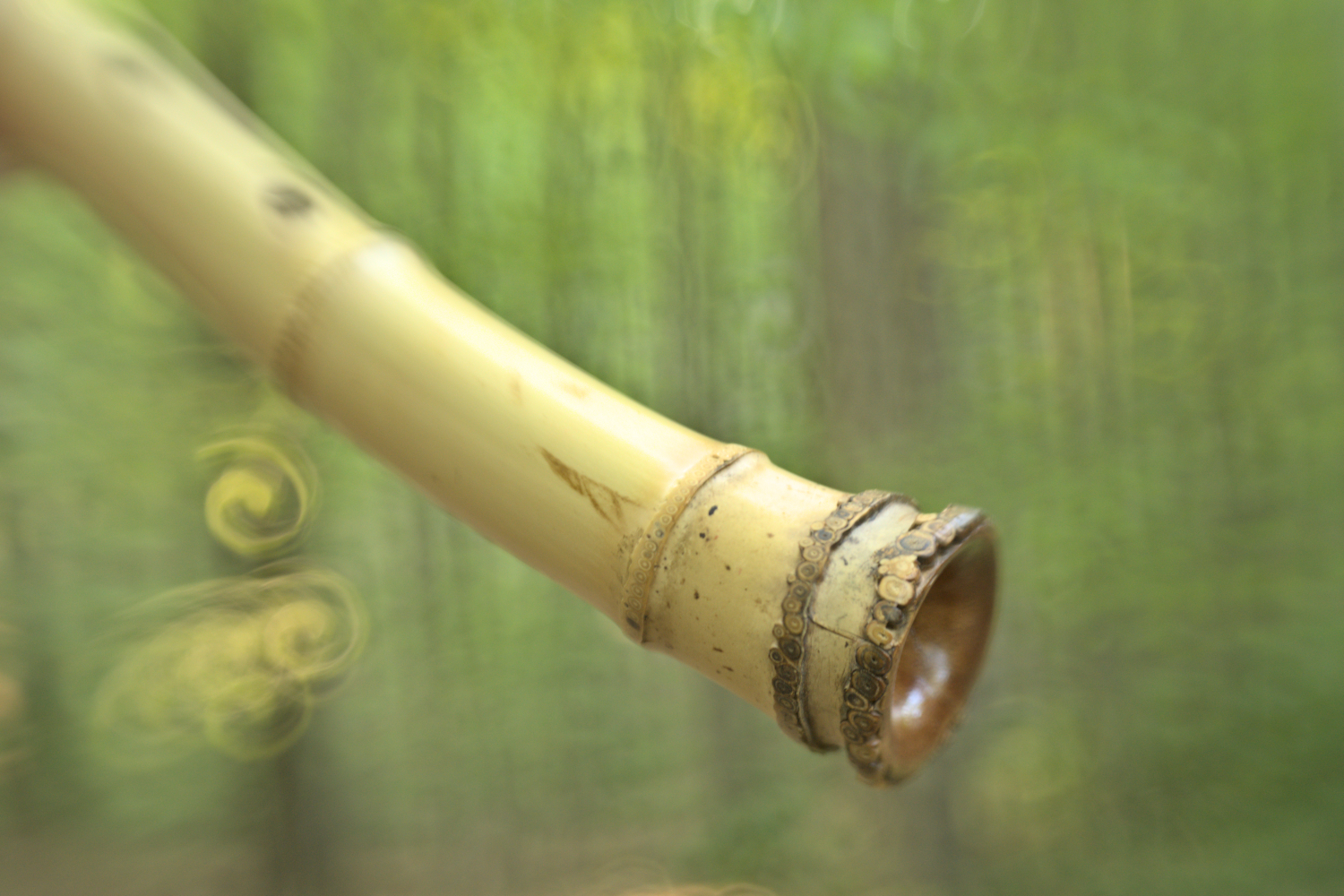Shakuhachi Bindings, Care, and Cracks

Bindings for Crack Repair and Prevention
When an unbound bamboo shakuhachi develops cracks, bindings are applied to close and repair them. However, when applied proactively, bindings greatly help to prevent cracks in the first place. Bindings are a tradition rooted in the practices of the revered Komuso monks. Beyond their utility, bindings are true badges of honor, signifying deep dedication and respect.
How to Topically Bind Bamboo Shakuhachi
I made this videos for the curious, but also as a service to the community for those that wish or need to try their hand at binding cracks in bamboo shakuhachi. These methods can also be used on other types of bamboo flutes, though with thinner bamboo exercise caution with the clamping pliers.
Materials and tools used:
- Bonded twill nylon or poly cordage; 0.5mm dia. minimum (tex 210); ~3 yards per binding.
- Razor knife.
- Locking Forceps (teeth wrapped with electrical tape).
- Locking vise pliers/grips (teeth coated in hot glue or heat-shrink rubber tubing).
- Glue or lacquer to finish/seal this type of cordage (epoxy is best).
Care for Unbound Shakuhachi: How to Prevent Cracks (in lieu of bindings)
If your shakuhachi is not bound, it’s best to avoid extremes in temperature and humidity whenever possible. To significantly reduce the risk of cracks, use humidified storage when the humidity drops below 50%. Below is one of the simplest methods for humidified storage:
As shown in the image below, a damp piece of material is placed between two ‘twists’ at the top of a plastic storage bag and secured with a rubber band. Be sure to regularly check the damp material for mold and replace it as necessary, or clean it with distilled white vinegar. You can use a small sponge, paper towel, or a piece of fabric.

How to Prevent Odors and Mold
After playing, always swab the bore with a tsuyutoshi—a piece of fabric with a pull-string tied to one corner. To make one, cut fabric to a size that will fit down the bore (approximately 1 sq. ft. or 30 cm sq.) and tie a string longer than your shakuhachi to one corner. When pulling it through, protect the sharp blowing edge with the soft part of your thumb. A 50/50 mix of distilled white vinegar and water can also be used to clean the inside.
As you can see, caring for your bamboo shakuhachi, no matter what, is quite simple. Enjoy,
Josen

